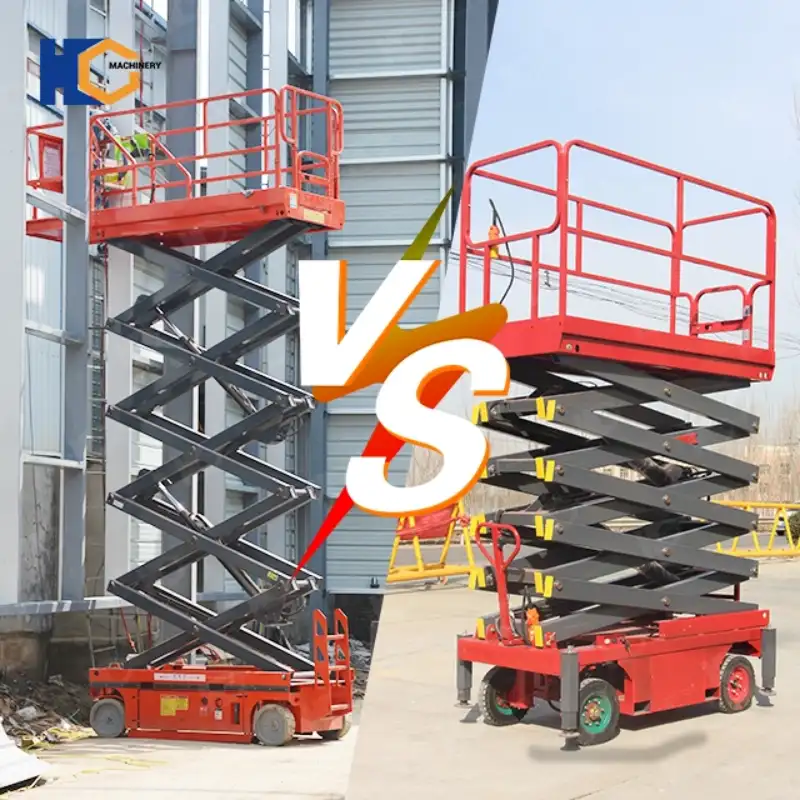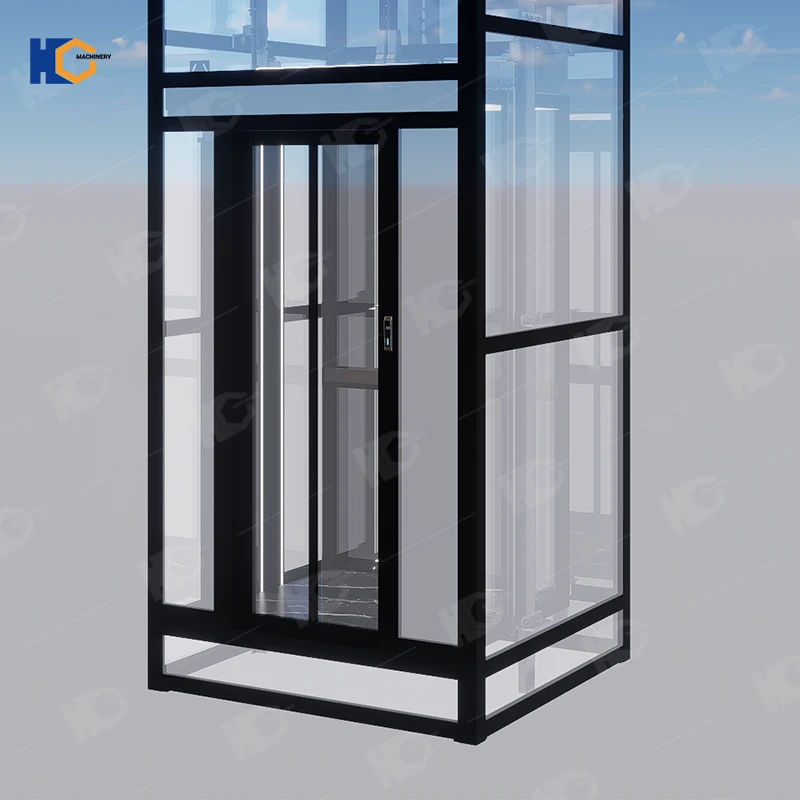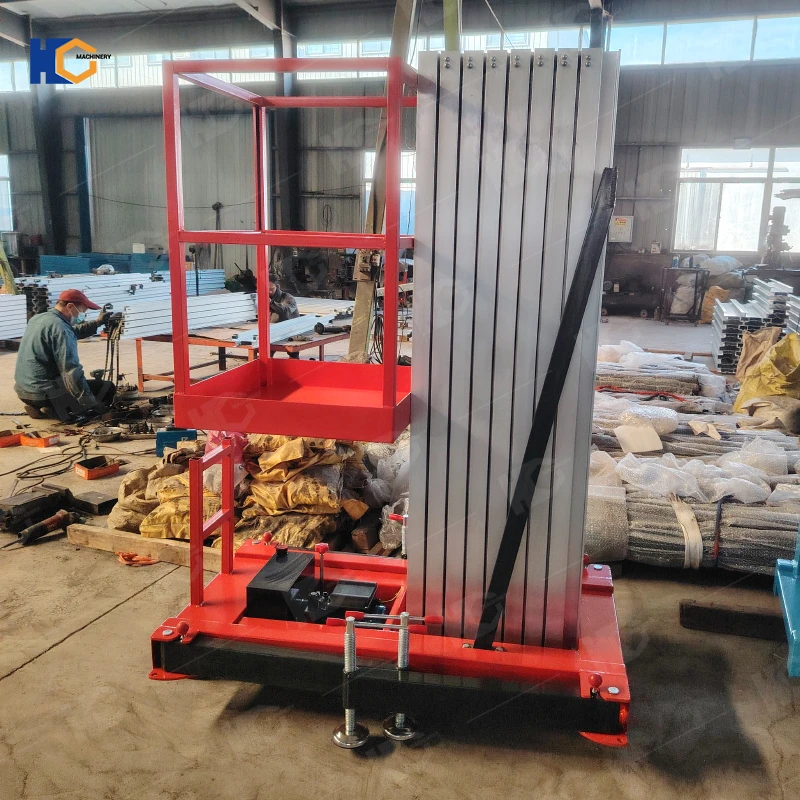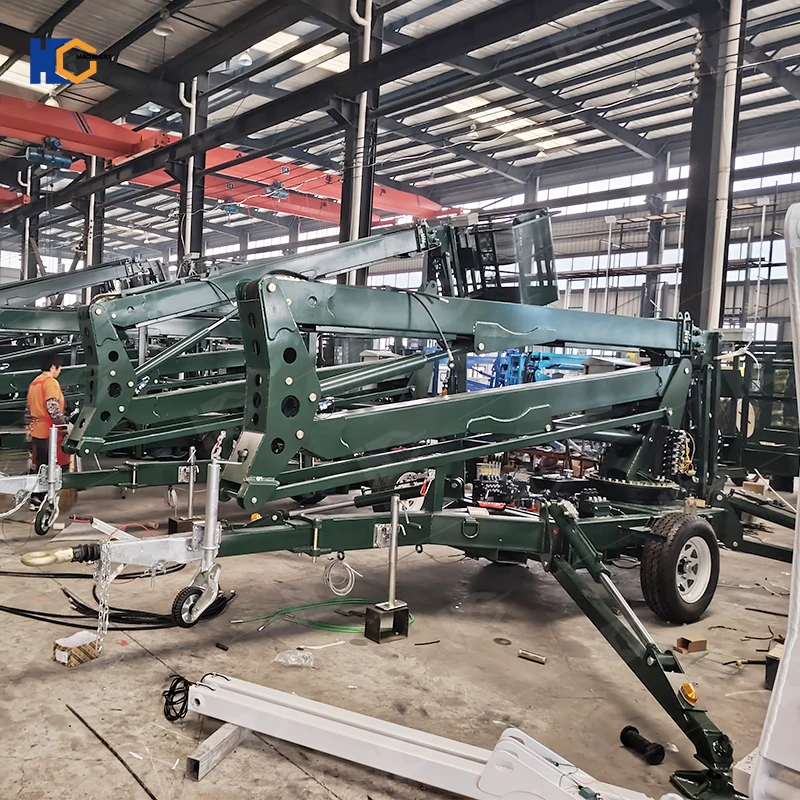JNHC LIFT is a leading professional manufacturer of lift tables in China, specializing in high-quality manual and electric lift tables. With years of experience and advanced technology, JNHC provides reliable, durable, and efficient lifting solutions tailored to various industries. Whether you need cost-effective manual models or high-performance electric lift tables, JNHC offers products that meet strict safety standards and customer requirements. Committed to excellent service and competitive pricing, JNHC welcomes inquiries and orders from businesses worldwide. Choose JNHC for trusted lift tables that enhance workplace safety and productivity. Contact us today to learn more or place your order.
Lift tables are essential pieces of equipment widely used across various industries to lift, position, and transport heavy materials safely and efficiently. Commonly found in warehouses, manufacturing plants, automotive workshops, and assembly lines, lift tables help reduce manual labor and minimize the risk of injury by allowing workers to handle loads at ergonomic heights. These devices improve workflow, streamline operations, and support productivity by enabling smoother and safer material handling.
Choosing the right type of lift table is crucial for maximizing workplace efficiency and ensuring employee safety. Two primary options are available: electric lift tables and manual lift tables. Each type offers distinct advantages and drawbacks depending on the specific application, budget, and operational demands. Making the right decision can significantly impact overall costs, employee well-being, and the effectiveness of material handling processes.
This article aims to provide a clear cost-benefit comparison of electric vs. manual lift tables. By examining factors such as initial purchase price, maintenance requirements, operational efficiency, ergonomics, and safety considerations, readers will gain valuable insights to help determine which lift table best fits their unique needs. Whether you prioritize affordability, ease of use, or long-term performance, understanding these differences will empower you to make an informed choice that enhances productivity and safety in your workplace.
Overview of Lift Table Types
A. Manual Lift Tables
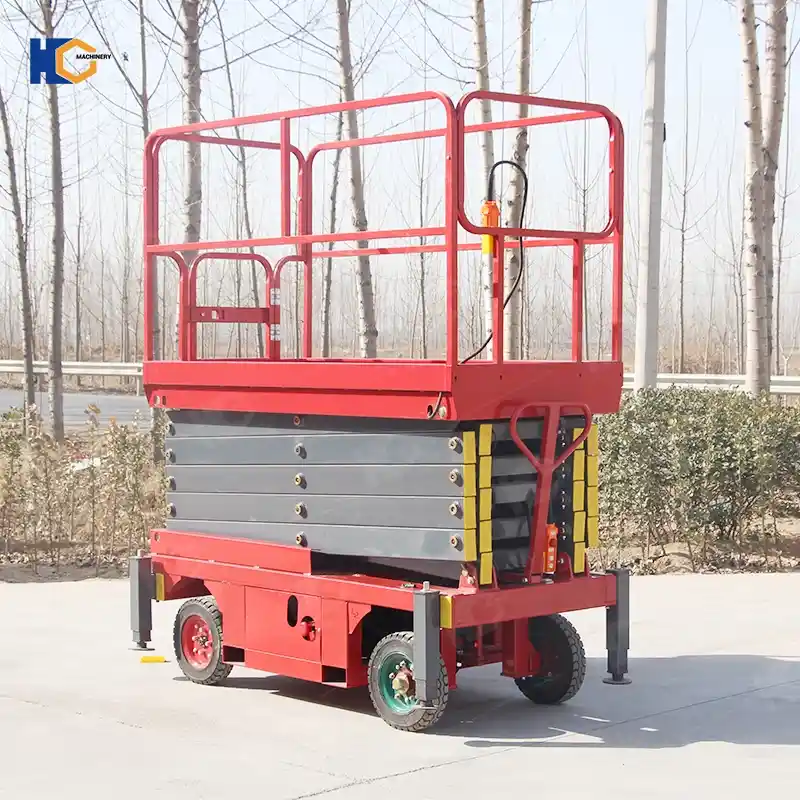
Manual lift tables operate through mechanical or pneumatic systems that require human power to raise and lower the platform. Common mechanisms include hand pumps and foot pumps, which drive hydraulic cylinders to lift heavy loads. These tables are designed for straightforward, cost-effective lifting solutions where electricity is either unavailable or unnecessary.
Because manual lift tables rely on physical effort, they are typically used in environments where loads are moderate and the lifting tasks are less frequent. Their simplicity and durability make them ideal for small workshops, light manufacturing, automotive repair shops, and warehouses with limited budgets. Manual tables are especially suited for tasks such as loading and unloading materials, assembly work, or positioning products at a convenient height for operators.
Their lower upfront cost and minimal maintenance requirements appeal to businesses with tight financial constraints or those needing basic lifting capabilities without advanced features. However, since manual lift tables depend on human effort, they may not be the best choice for heavy loads or high-volume operations where speed and efficiency are critical.
B. Electric Lift Tables
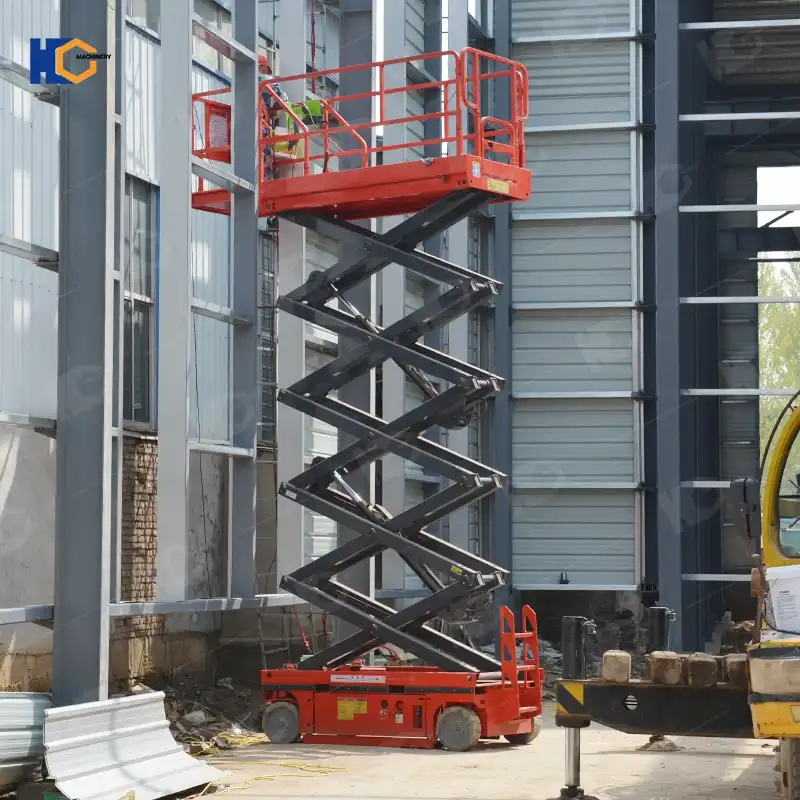
Electric lift tables use electric motors controlled by switches or remote controls to raise and lower the platform smoothly and quickly. These tables eliminate the need for physical effort, allowing operators to handle heavier loads with minimal strain. Electric lift tables often include additional safety features, such as automatic locking systems and overload protection, enhancing workplace safety.
These tables are commonly found in industries where efficiency and ergonomics are paramount, including large-scale manufacturing plants, distribution centers, food processing facilities, and packaging lines. Their ability to handle frequent lifting tasks with precision and speed improves overall productivity and reduces operator fatigue.
Electric lift tables also offer greater versatility, with adjustable speeds and programmable settings that accommodate different types of loads and workflows. While they typically require a higher initial investment and some electrical infrastructure, their long-term benefits in reducing labor costs and minimizing injury risks often outweigh the upfront expenses.
Cost Analysis
A. Initial Purchase Price
One of the most significant factors influencing the choice between electric and manual lift tables is the initial purchase price. Manual lift tables are generally more affordable, with prices typically ranging from a few hundred to around a couple of thousand dollars depending on load capacity and features. Their simpler design and lack of electrical components keep manufacturing costs low, making them attractive for small businesses or those with limited budgets.
On the other hand, electric lift tables come at a higher upfront cost. Prices can range from several thousand to tens of thousands of dollars, depending on the load capacity, control features, and additional safety enhancements. The integration of electric motors, electronic controls, and safety systems adds complexity and cost to these models. While the higher purchase price may seem like a disadvantage initially, the benefits of improved productivity and ergonomics often justify the investment for many businesses.
B. Installation and Setup Costs
Installation and setup for manual lift tables are typically straightforward. Since they don’t require electrical connections or complicated controls, manual tables can often be deployed quickly and with minimal assistance. This simplicity translates into lower installation costs, sometimes limited to just positioning the equipment and ensuring proper floor anchoring or leveling.
Conversely, electric lift tables require more involved installation processes. Electrical wiring must be safely connected, and sometimes integration with other systems or control panels is necessary. Depending on the workplace setup, this may require professional electricians or technicians, increasing both time and expense. Additionally, electric models might need more precise calibration or testing during setup to ensure proper operation, adding to upfront costs.
C. Maintenance Costs
When it comes to maintenance, manual lift tables tend to have lower ongoing expenses due to their simpler mechanical systems. Routine upkeep usually involves lubricating moving parts, checking hydraulic fluid levels, and inspecting seals or pumps for wear. Repairs are generally straightforward and inexpensive, often manageable by in-house maintenance teams.
Electric lift tables, while designed for durability, require more specialized maintenance. Electric motors, batteries (if cordless), control switches, and wiring can wear out or malfunction over time, necessitating periodic inspections by trained technicians. Repairs involving electrical components are often costlier than mechanical fixes. Additionally, regular software updates or calibration might be needed for advanced models. While maintenance costs are higher, proper servicing helps prolong equipment life and ensures safety.
D. Operational Costs
Operational costs differ significantly between the two types. Manual lift tables rely entirely on human effort, which means labor costs are higher since operators expend physical energy to raise and lower loads. This can lead to slower workflows and increased fatigue or injury risk, potentially impacting productivity and adding indirect costs related to health and safety.
Electric lift tables consume electrical power, which incurs ongoing energy costs. However, the energy consumption of electric lift tables is generally low, especially for models designed with energy efficiency in mind. The savings in labor costs and improved productivity often outweigh these expenses. Electric tables also reduce worker fatigue, leading to fewer work-related injuries and associated costs.
In summary, manual lift tables have lower upfront and maintenance costs but higher labor-related expenses. Electric lift tables require a higher initial investment and more maintenance but offer long-term savings through enhanced efficiency and reduced physical strain. Evaluating these cost factors against operational needs is crucial to making the right choice for your business.
Benefits Comparison
A. Efficiency and Productivity
Electric lift tables significantly outperform manual models in terms of speed and ease of operation. With the push of a button or switch, electric tables quickly raise or lower heavy loads, reducing the time spent on lifting tasks. This streamlined operation directly improves workflow and throughput, allowing workers to complete jobs faster and focus on other critical activities. In contrast, manual lift tables require physical pumping, which can slow down processes, especially when frequent adjustments are needed. The efficiency boost provided by electric lift tables often translates into higher overall productivity in busy industrial or warehouse environments.
B. Ergonomics and Safety
Ergonomics is a major advantage of electric lift tables. By eliminating the need for manual pumping, these tables reduce physical strain on workers, lowering the risk of musculoskeletal injuries such as back pain, strains, and repetitive stress injuries. This not only promotes employee well-being but also helps businesses comply with workplace safety regulations. Electric tables often come with built-in safety features like automatic locking mechanisms, overload protection, and smooth, controlled movements that minimize sudden jolts or drops.
Manual lift tables, while simpler, require more physical effort and can contribute to worker fatigue and injury risk over time. Their lack of advanced safety features means extra caution is needed during operation to prevent accidents. For environments with heavy or frequent lifting, electric tables offer a safer and more ergonomic alternative.
C. Versatility and Application
When it comes to versatility, electric lift tables generally support a wider range of load capacities, from light to very heavy weights, making them suitable for diverse tasks across multiple industries. They also allow for precise height adjustments, accommodating various workflows and workstations. Mobility varies by model, but many electric lift tables are designed with wheels or casters for easy relocation.
Manual lift tables are usually more compact and simpler in design, making them suitable for smaller spaces and lighter applications. Their lower weight and absence of electrical components often enhance portability. However, they may struggle with heavier loads or demanding environments, limiting their application range.
D. Longevity and Durability
Both electric and manual lift tables are built to be durable and withstand industrial use. Manual tables tend to have fewer components that can fail, potentially giving them a longer mechanical lifespan with proper maintenance. Electric lift tables, while robust, involve motors and electrical systems that may require repairs or replacement over time. However, with regular servicing, electric models can offer reliable long-term performance. Choosing high-quality equipment and adhering to maintenance schedules is key to maximizing the lifespan of either type.
Situational Considerations
Choosing between manual and electric lift tables largely depends on specific workplace needs, budget, and operational scale.
When Manual Lift Tables Are the Better Choice:
Manual lift tables are ideal for small-scale operations or businesses with tight budgets. They work well in settings where lifting tasks are infrequent or loads are relatively light, such as small workshops, maintenance rooms, or low-volume warehouses. Their simplicity means fewer components that can break down, making them a reliable option for environments without easy access to electrical power. Additionally, manual tables require minimal training and low maintenance, making them cost-effective for short-term or occasional use.
Scenarios Favoring Electric Lift Tables:
Electric lift tables are better suited for medium to large-scale operations where efficiency and worker safety are top priorities. Facilities with frequent lifting needs, heavy loads, or continuous workflows benefit from the speed, precision, and ergonomic advantages electric tables provide. Industries like manufacturing, automotive assembly, and distribution centers often favor electric models to reduce labor fatigue, increase throughput, and maintain regulatory compliance. Their advanced features also support tasks requiring consistent, repetitive motions and precise load positioning.
Budget Constraints and Operational Scale Impacts:
Budget is often the determining factor. While electric lift tables require a higher initial investment and potentially higher maintenance costs, they can deliver significant long-term savings through increased productivity and reduced injury-related expenses. Smaller businesses or those with limited capital may find manual lift tables more financially feasible despite some operational compromises. The scale of operations also influences the decision—larger facilities typically justify electric lift tables’ upfront cost due to their greater efficiency, while smaller operations may prioritize affordability and simplicity.
In conclusion, understanding your business’s workload, budget, and safety requirements is crucial in selecting the right lift table.
Case Studies / Real-World Examples
Manual Lift Tables in Small Manufacturing
A small furniture manufacturing company in the Midwest opted for manual lift tables due to their low initial cost and ease of use. With moderate lifting needs focused on light to medium loads, the manual tables allowed workers to position parts efficiently without complex installation or high maintenance expenses. The simplicity of these tables helped the company keep operational costs low while maintaining safety standards. For their scale and workflow, manual lift tables proved a practical and cost-effective choice.
Electric Lift Tables in Large Distribution Centers
A major e-commerce distribution center implemented electric lift tables throughout its packaging and sorting lines. The facility handles thousands of shipments daily, requiring rapid and frequent lifting of heavy boxes and pallets. Electric lift tables improved throughput by enabling workers to quickly adjust load heights without physical strain. This investment reduced workplace injuries and fatigue, boosting overall productivity. The company reported faster order processing times and fewer downtime incidents linked to material handling, validating the higher upfront cost of electric models.
Automotive Industry’s Use of Electric Lift Tables
An automotive parts supplier integrated electric lift tables into their assembly lines. These tables allowed precise height adjustments for heavy components, facilitating ergonomic workstations and reducing injury risks. The electric models’ programmable settings helped synchronize lifting operations with automated production systems, improving workflow consistency. As a result, the company achieved higher output rates and enhanced worker satisfaction, emphasizing the value of electric lift tables in high-demand industrial environments.
Warehouse and Maintenance Applications
Conversely, a regional warehouse serving smaller clients relied on manual lift tables in their maintenance bays. The low cost, minimal maintenance, and portability of manual tables fit their needs well. Since lifting tasks were intermittent and loads manageable, manual tables provided a straightforward solution without unnecessary complexity.
These examples demonstrate how the choice between electric and manual lift tables depends on operational scale, budget, and specific industry requirements.
Conclusion
Choosing between electric and manual lift tables requires careful consideration of costs, benefits, and operational needs. Manual lift tables offer a low initial investment, simple installation, and minimal maintenance, making them ideal for small-scale or budget-conscious operations with lighter loads and infrequent use. However, they demand physical effort, which can slow productivity and increase injury risks.
Electric lift tables, while more expensive upfront and requiring professional installation and maintenance, provide greater efficiency, safety, and ergonomic benefits. They excel in high-volume, heavy-load environments where speed and worker well-being are critical. The ability to automate lifting tasks reduces fatigue and enhances overall workflow, often justifying the higher cost over time.
For businesses prioritizing affordability and simplicity, manual lift tables remain a practical solution. Conversely, companies focused on long-term productivity gains and employee safety will find electric lift tables a valuable investment.
Ultimately, the right choice depends on your specific workplace demands, budget constraints, and safety priorities. By weighing these factors carefully, you can select a lift table that not only meets your operational requirements but also supports a safer and more productive work environment.
